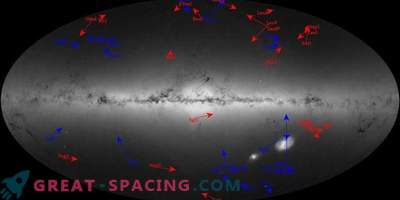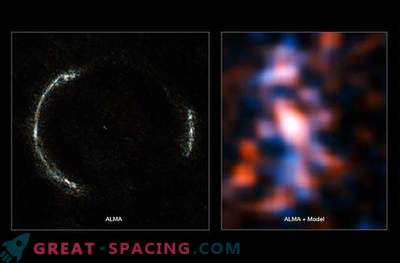
Gravitational lens RX J1131-1231 with a lenticular galaxy in the center and 4 objective quasars. The analysis shows that the image hides trillions of planets in the central elliptical galaxy.
Astrophysicists from the University of Oklahoma for the first time recorded a planetary group outside the Milky Way. Microlensing is the only known way to find planets at great distances. Scientists have found objects that in size reach from the mass of the Moon to Jupiter.
The discovery was made with the data of the Chandra X-ray Observatory. For the first time, scientists see planets living in the territory of foreign galaxies. The gravitational effect of even tiny celestial bodies can create a strong increase, leading to a signature that can be modeled and explained. Prior to this analysis, there was no evidence of the presence of planets in other galaxies. A specific galaxy is 3.8 billion light-years distant from us and there is not a single opportunity to observe the planets directly. But microlensing allows even to study their massiveness. The models were calculated at the Center for Supercomputers for Education and Research at the University of Oklahoma.











































